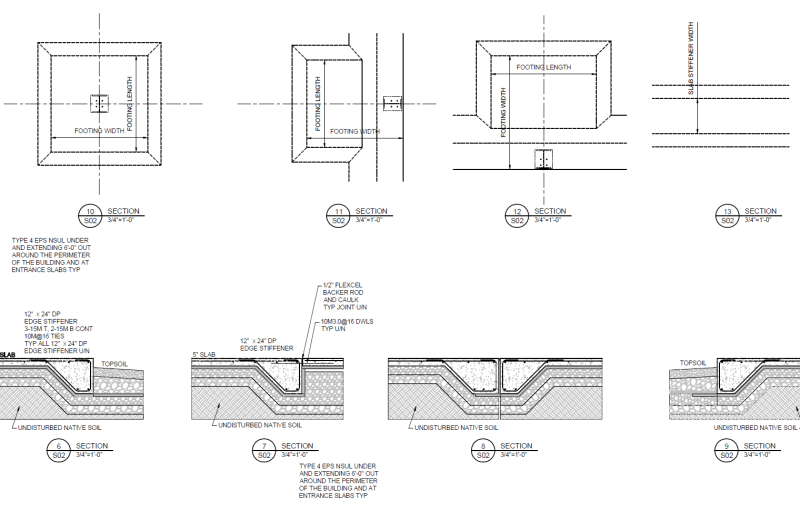canwesteng
Structural
- May 12, 2014
- 1,700
I received a possible recommendation for frost susceptible foundations from Geotech to put crushable void form below the foundation. I wouldn't do this for building foundations, but I'm thinking for fuel tank foundations for example, where I don't care if it stays level, I just need the concrete to act as a raft and maintain containment. Has anyone seen this before? I assume the slab will slowly sink into the ground as the void form creeps, but perhaps not an issue.

